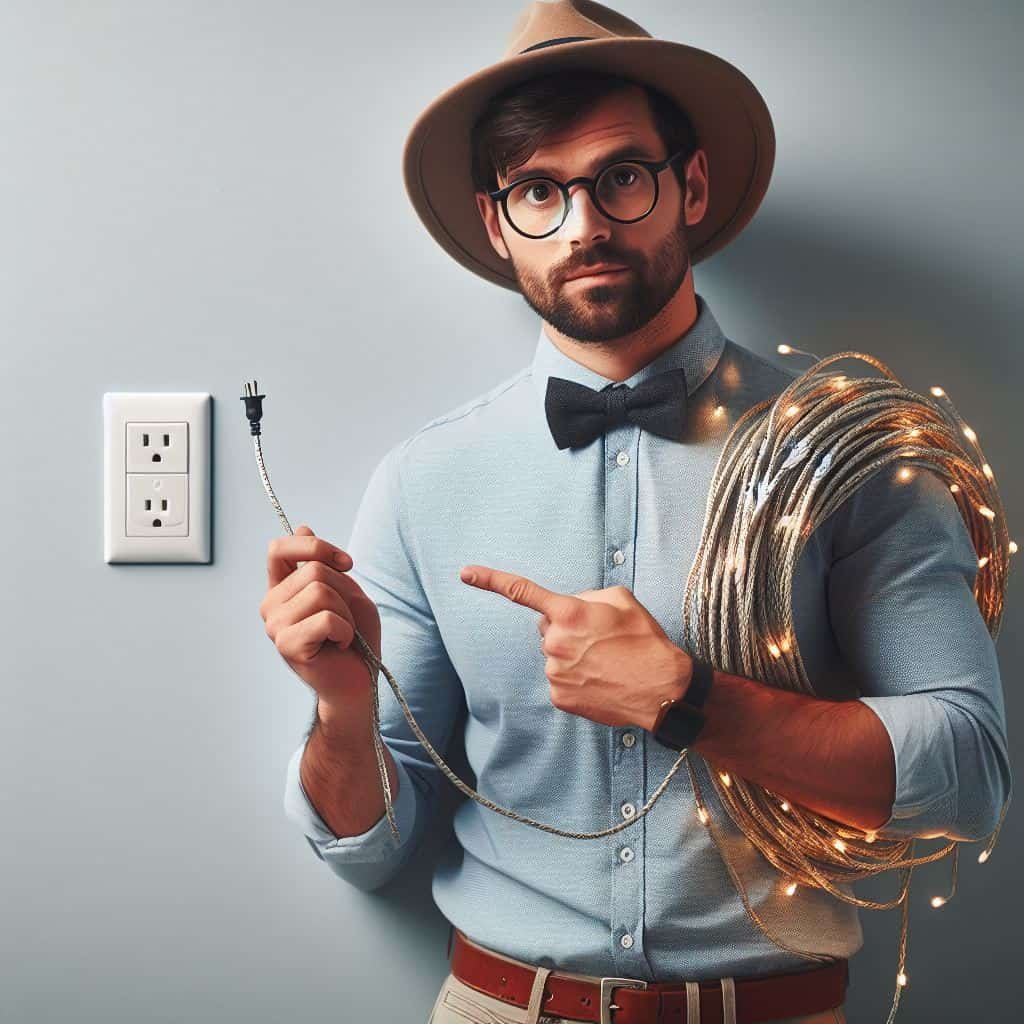Rope lights have become a staple in the world of decorative lighting, adding a touch of magic to various occasions and spaces. These flexible strands of light are popular for their versatility and ability to create stunning visual effects. But have you ever wondered how these enchanting lights actually work? In this article, we’ll unravel the mystery behind rope lights and explore the fascinating technology that brings them to life.
The Basics of Rope Lights
At their core, rope lights consist of a series of small, evenly spaced bulbs encased in a flexible, transparent plastic tubing. The tubing is not just for aesthetics; it serves a crucial role in protecting the bulbs and wiring from external elements. The outer casing is often made of PVC, making it durable and weather-resistant.
Light Emitting Diodes (LEDs)
The key to the vibrant glow of rope lights lies in the use of Light Emitting Diodes, commonly known as LEDs. Unlike traditional incandescent bulbs, LEDs are highly energy-efficient and emit very little heat. This makes them ideal for use in rope lights, where a continuous strand of lights can be in close proximity to each other without the risk of overheating.
LEDs work on the principle of electroluminescence. When an electric current passes through a semiconductor material within the LED, it releases energy in the form of photons, producing light. The color of the light emitted depends on the specific materials used in the semiconductor. This property allows rope lights to be available in a wide range of colors, catering to various aesthetic preferences.
The Advantages of LED Technology
LEDs offer several advantages over traditional incandescent bulbs, making them the preferred choice for rope lights:
1. Energy Efficiency
LEDs consume significantly less energy than incandescent bulbs, making rope lights an eco-friendly lighting option. This not only reduces electricity bills but also minimizes the environmental impact.
2. Longevity
LEDs have an impressive lifespan compared to incandescent bulbs. They can last tens of thousands of hours, ensuring that your rope lights will provide a radiant glow for a long time before needing replacement.
3. Durability
The durability of LEDs is well-suited for the flexible nature of rope lights. The solid-state construction of LEDs makes them more robust and less prone to breakage than fragile incandescent bulbs.
The Role of Controllers and Circuitry
To enhance the decorative appeal of rope lights, many come equipped with controllers that allow users to customize the lighting effects. These controllers enable functions such as flashing, fading, and color-changing, adding dynamic visual elements to the static glow of the lights.
The circuitry within the rope lights is designed to regulate the flow of electricity to the LEDs. This ensures a consistent and safe operation of the lights. The controller communicates with the LEDs, dictating the timing and intensity of the light output to achieve the desired effects.
The Art of Diffusion
One of the distinctive features of rope lights is the uniform and diffused glow they emit. This is achieved through a clever design that incorporates internal reflectors within the tubing. These reflectors scatter and disperse the light evenly along the length of the rope, creating a seamless and visually pleasing illumination.
Additionally, the plastic tubing itself plays a role in diffusing the light. The transparent material allows the emitted light to shine through while softening its intensity. This diffused glow is especially desirable in decorative applications, providing a warm and inviting ambiance.
Applications of Rope Lights
The versatility of rope lights makes them suitable for a wide range of applications. Here are some popular uses:
1. Decorative Lighting
Rope lights are a favorite choice for accentuating architectural features, outlining pathways, and adding a festive touch to celebrations. Their flexibility allows them to be easily shaped to fit various contours and patterns.
2. Holiday Decor
Whether it’s Christmas, Halloween, or any other festive occasion, rope lights are a go-to for creating festive displays. Their ability to emit different colors and be easily shaped into holiday symbols makes them a versatile choice.
3. Outdoor Illumination
The weather-resistant design of rope lights makes them ideal for outdoor use. They can be used to enhance the landscaping, illuminate gardens, or create inviting outdoor seating areas.
4. Signage and Commercial Displays
Rope lights are commonly used for creating eye-catching signs and displays. Their flexibility allows for intricate designs, making them a popular choice for businesses looking to attract attention.
Maintenance and Safety Tips
While rope lights are relatively low-maintenance, a few tips can help ensure their longevity and safe operation:
1. Inspect Regularly
Check for any visible damage to the tubing or bulbs. If any part of the rope lights appears compromised, it’s best to replace the affected section to prevent electrical issues.
2. Store Properly
When not in use, store rope lights in a cool, dry place to prevent damage. Avoid bending them too tightly, as this could lead to kinks or breaks in the tubing.
Follow Manufacturer Guidelines
Adhere to the manufacturer’s guidelines for installation and usage. Overloading the circuit or exceeding recommended lengths can lead to overheating and reduce the lifespan of the rope lights.
Conclusion
The magic behind rope lights lies in the harmonious blend of LED technology, thoughtful design, and user-friendly features. From creating a festive atmosphere during holidays to adding a touch of elegance to everyday spaces, rope lights have found their place as a versatile and enchanting lighting option. Understanding the science behind their operation allows us to appreciate the craftsmanship that goes into transforming a simple strand of lights into a source of captivating illumination. As we continue to explore innovative lighting solutions, rope lights stand as a shining example of how technology can seamlessly integrate with creativity to brighten our lives.






Leave a comment
You must be logged in to post a comment.